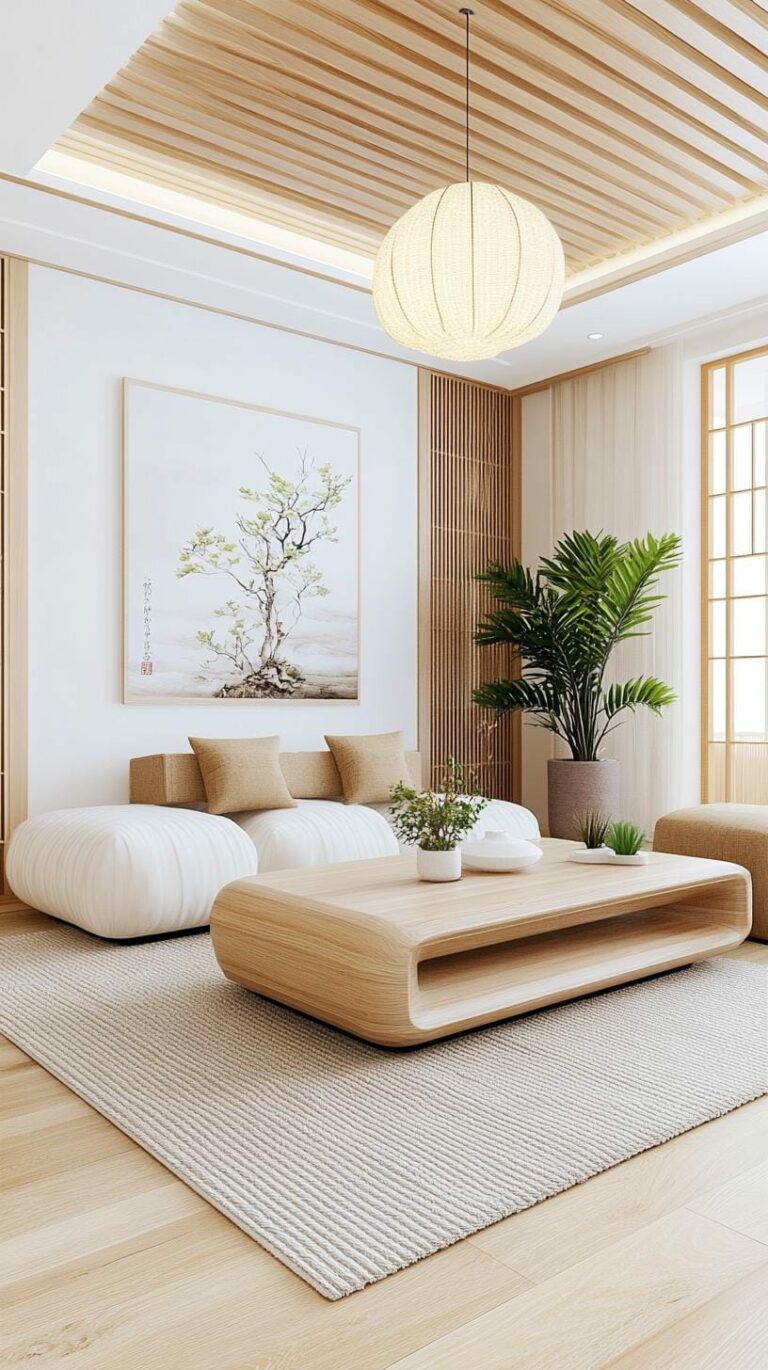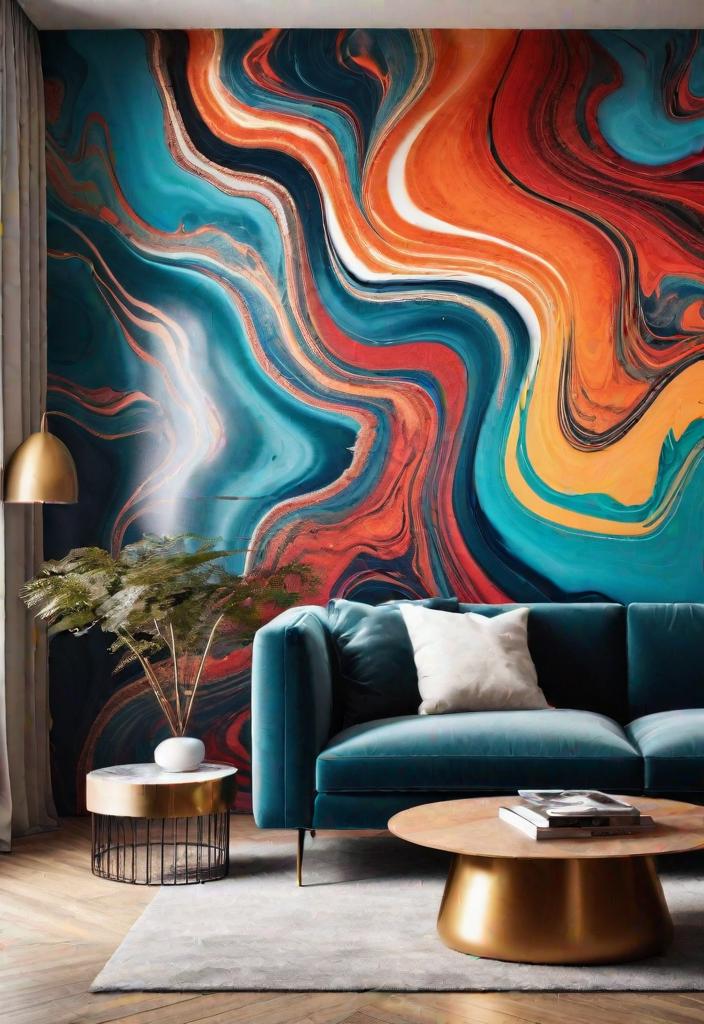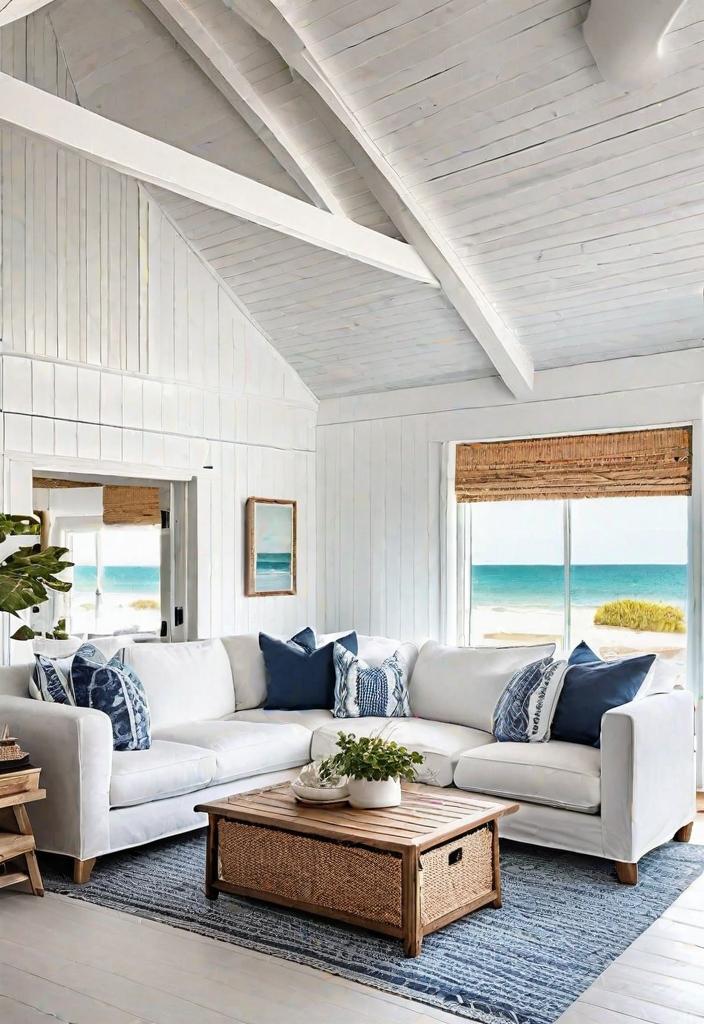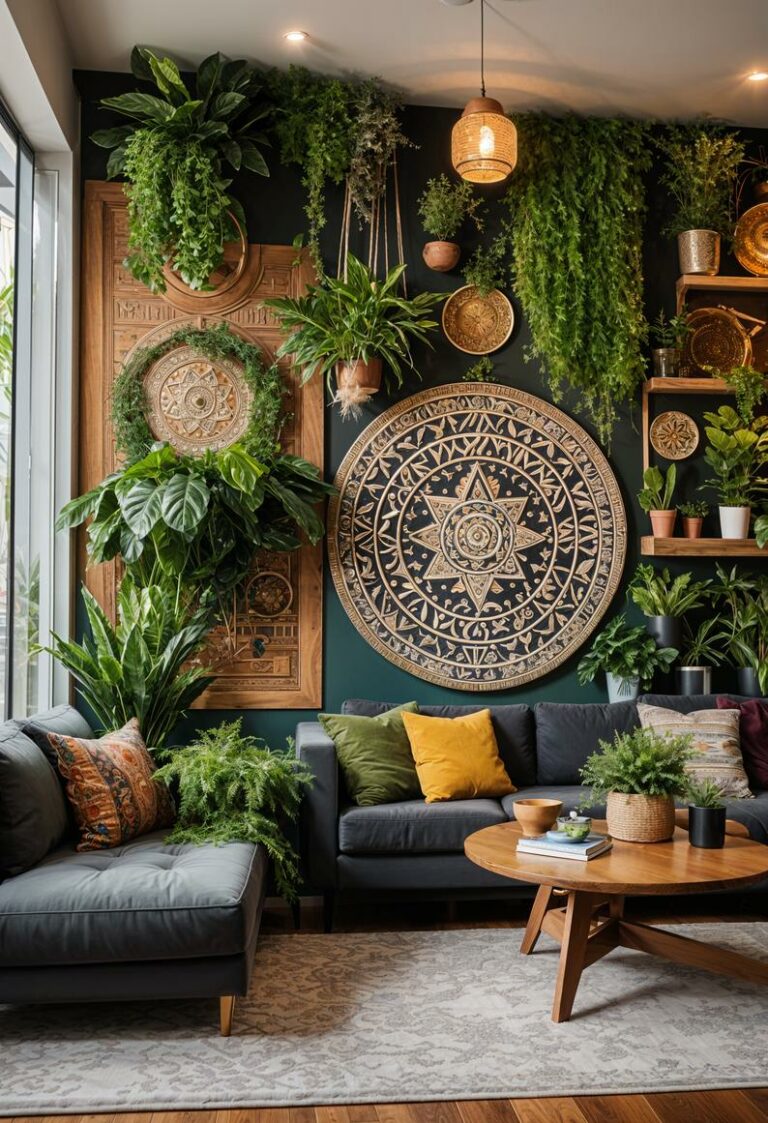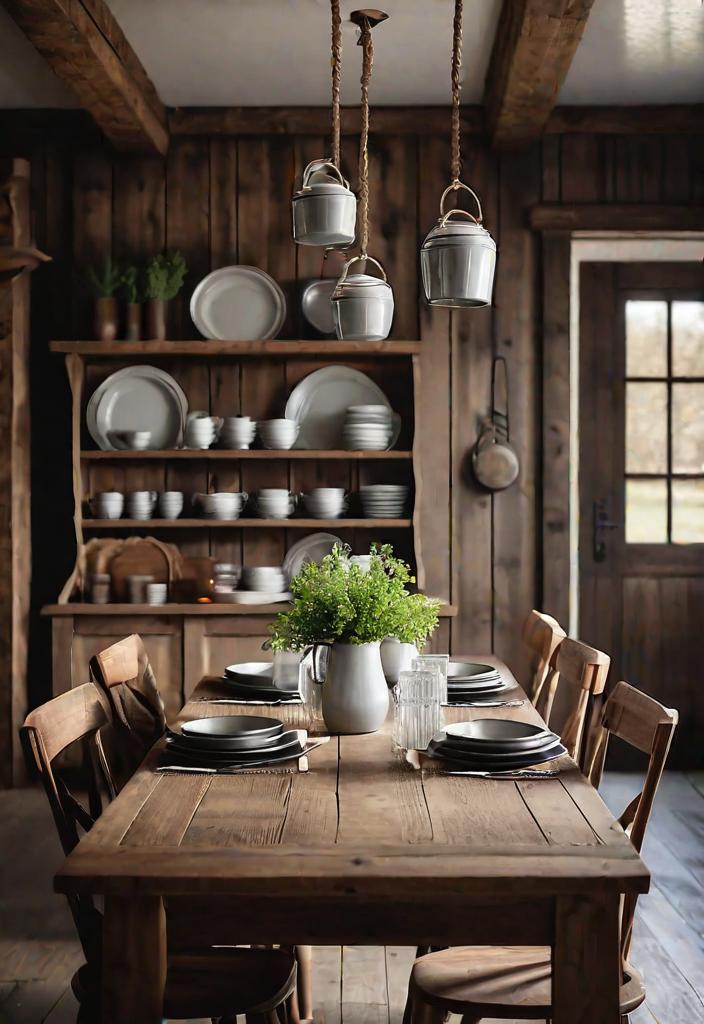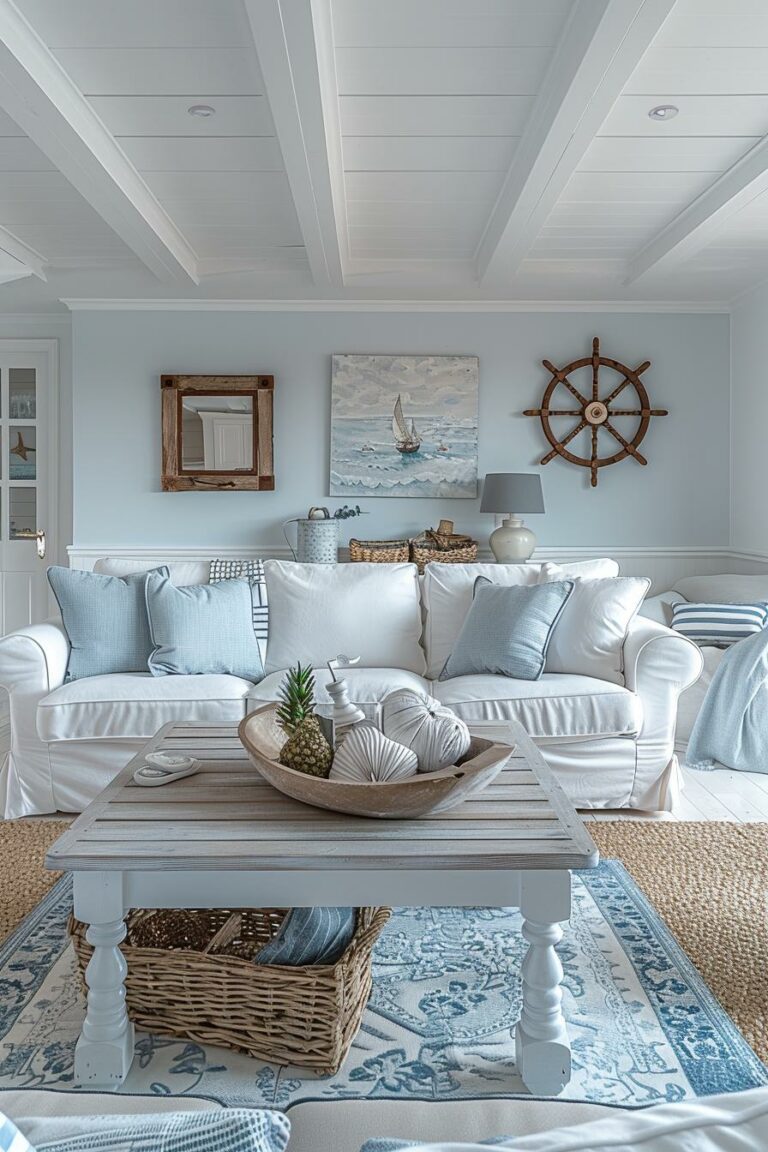25 Shocking Living Room Ideas To Avoid at All Costs
In search of the perfect living space, it is easy to fall victim to the trend Living room ideas This is usually impractical or quickly outdated. From excessively ambitious furniture agreements to fleeting design fashions, these these Case knits can enter their cozy cave in a disaster zone.
But don’t be afraid! The identification of these common traps is the first step to create a living room that is both stylish and functional. Steering from these missteps not only increases your space, but also ensures that your living room remains a timeless sanctuary for relaxation and entertainment.
Here are 25 Avoid living room ideas:
1. Avoid oversized furniture in small living rooms
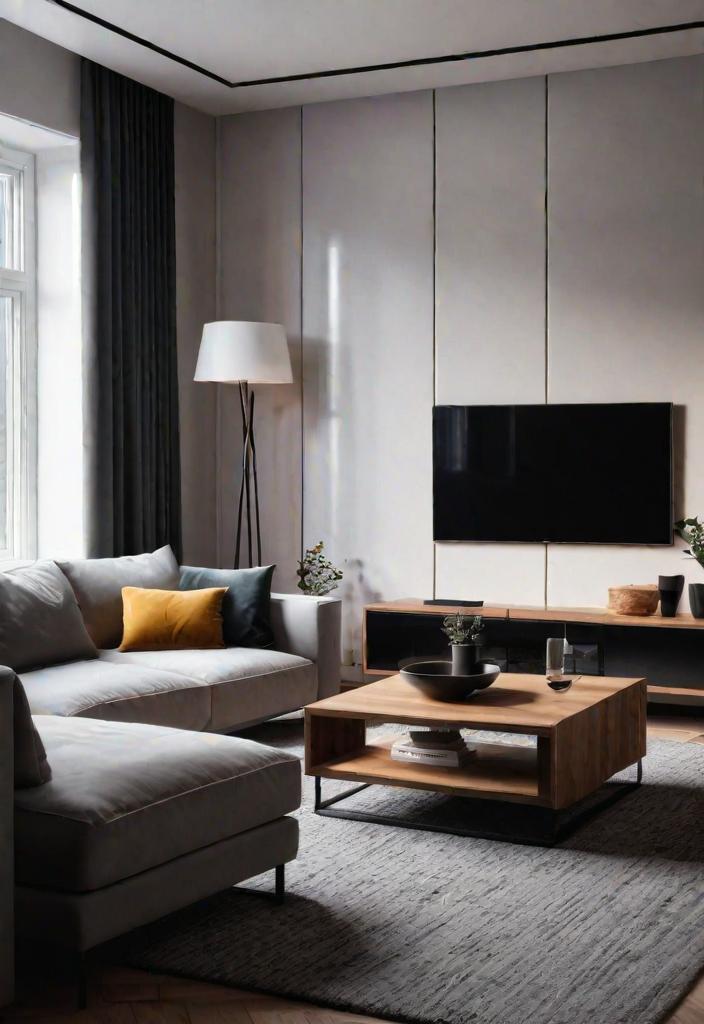
By including oversized furniture into small living rooms, a cozy room can quickly be transformed into overcrowded installation. While a large, plush sofa appears inviting, it can dominate the room and leave little space for movement or other essential parts. This frequent error limits the river, which cramps the room and feels less functional.
The decision for multifunctional furniture or pieces that fit in the scope of the room can make the difference. Instead of this oversized coffee table, look at nesting tables that can adapt to your needs without overwhelming the room. These decisions not only improve aesthetic attraction, but also improve the usability of your living area, which makes it open and inviting.
2. Overload for decorative objects
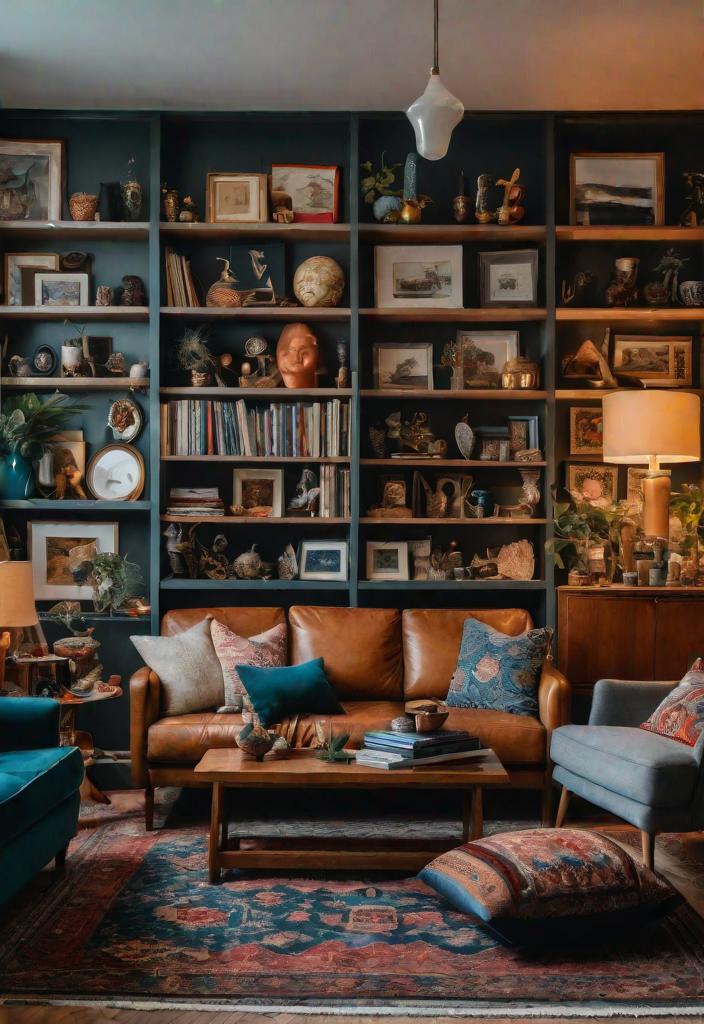
To personalize our living rooms, there is a thin line between cozy and chaotic. If you overload your living room with a wealth of decorative objects, you can quickly turn it into an unorganized display case from a calm sanctuary. While each piece can keep the sentimental value or aesthetic attraction, they can overwhelm the eyes together and affect the intended atmosphere of relaxation and greeting.
The key to combating the right equilibrium is the takeover of the philosophy of “less is more”. The decision for less, but more meaningful decor not only improves the general elegance of your living room, but also enables every item to stand out and appreciate. This approach not only increases aesthetics, but also simplifies maintenance, which makes it easier to keep the room clean and inviting.
3 .. Limited lighting errors

A unique relying on a single light source in your living room is a common pitfall that can turn a cozy room into a bleak dungeon. It not only creates hard shadows and uneven lighting, but also not the potential beauty of the room. Various lighting layers can change the ambience and offer both functions and a warm, inviting atmosphere.
By including a mixture of upper lights, fabric lamps and task lighting, the mood and usability of a living room can change dramatically. Think about the central blanket. Strategically placed lamps can emphasize works of art, reading corners or areas of talk. Such versatility in lighting enables an adaptable space that adapts to every occasion, which improves both the aesthetics and the practicality of your living room.
4. Form against comfort: living room
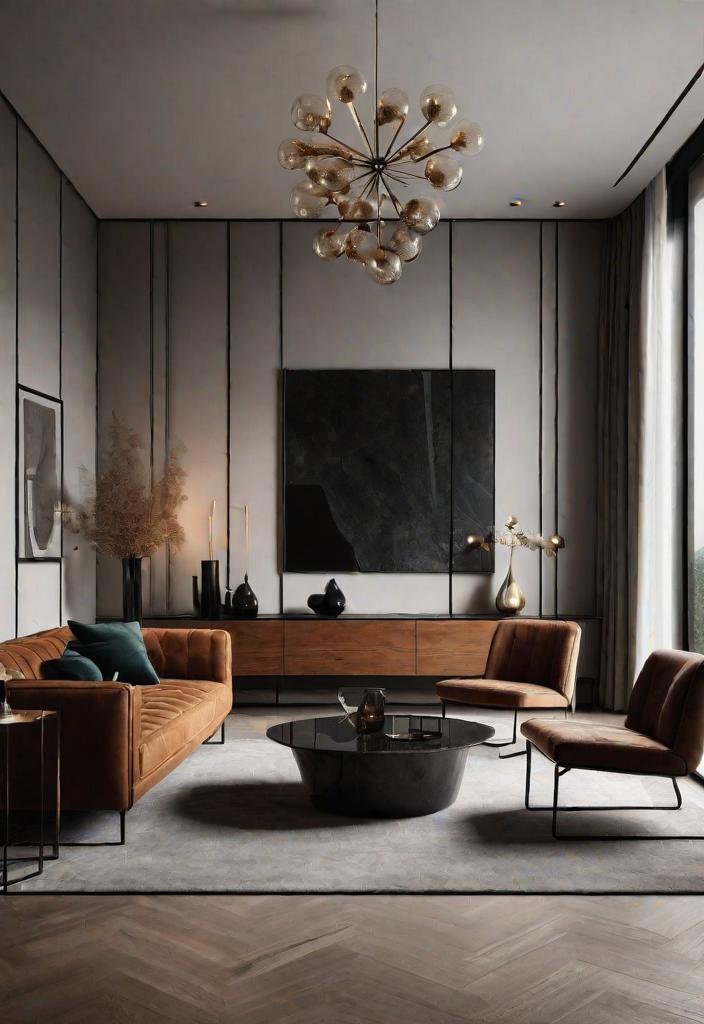
In search of a magazine-worthy living room, it is easy to fall into the trap, to choose furniture that looks breathtaking, but long for comfort. An elegant, minimalist couch can increase the aesthetics of your room, but if it is as comfortable as a park bench, you will probably sit on the side instead of getting involved in film evenings. The key is to find a balance between shape and function and to ensure that your living room invites as much relaxation as the visitors impress.
The decision for style about substance can also lead to impractical living spaces that do not meet your daily needs. Imagine a coffee table that is so avant -garde that a cup of coffee will rest on it, or lighting that puts a mood but scolds it in her book. The most beautiful living room loses its charm if it does not live up to the comfort and activities of those who live in it. Prioritize parts that serve both your aesthetic desires and your lifestyle for a living room that is as functional and visually appealing.
5. Natural lights
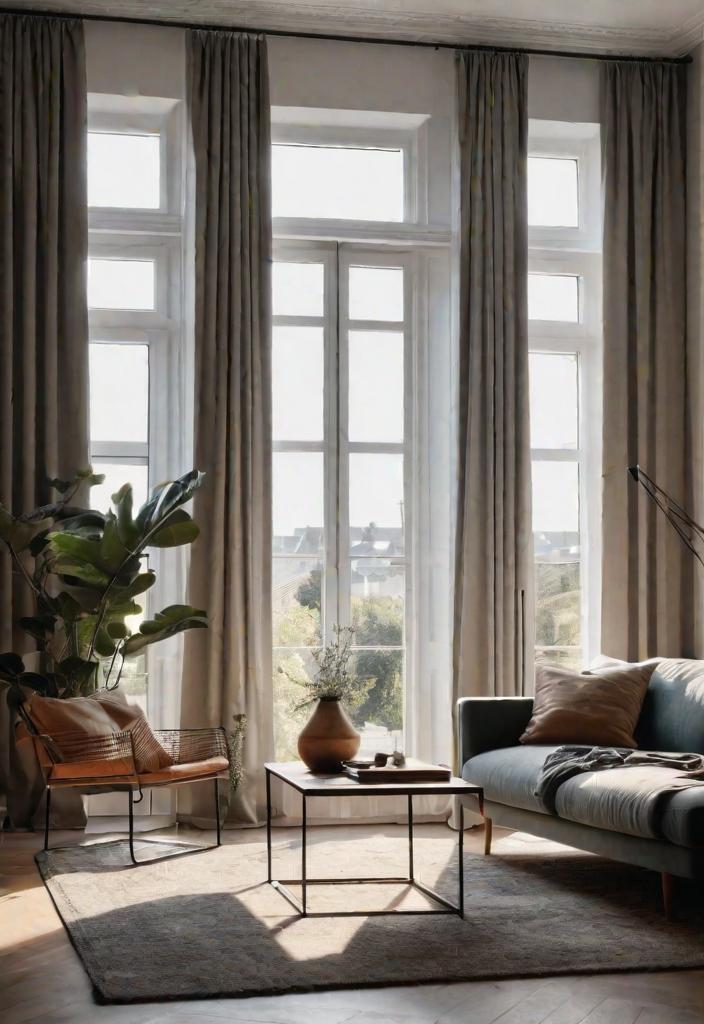
The importance of natural light in your living room design is a misstep that you want to avoid. A space with sunlight can improve the mood, rooms appear larger and even reduce energy costs. Without sufficient natural light, even the most stylish living room can feel dark and undesirable.
If you think about your living room layout, you shouldn’t place large furniture in the windows. This common error blocks the precious sunlight when you enter the room. Decide for sheer curtains about heavy curtains and position the mirrors strategically to reflect on the natural light, and make sure that your living room feels airy and alive all day.
6. Decorative inspiration that does not match
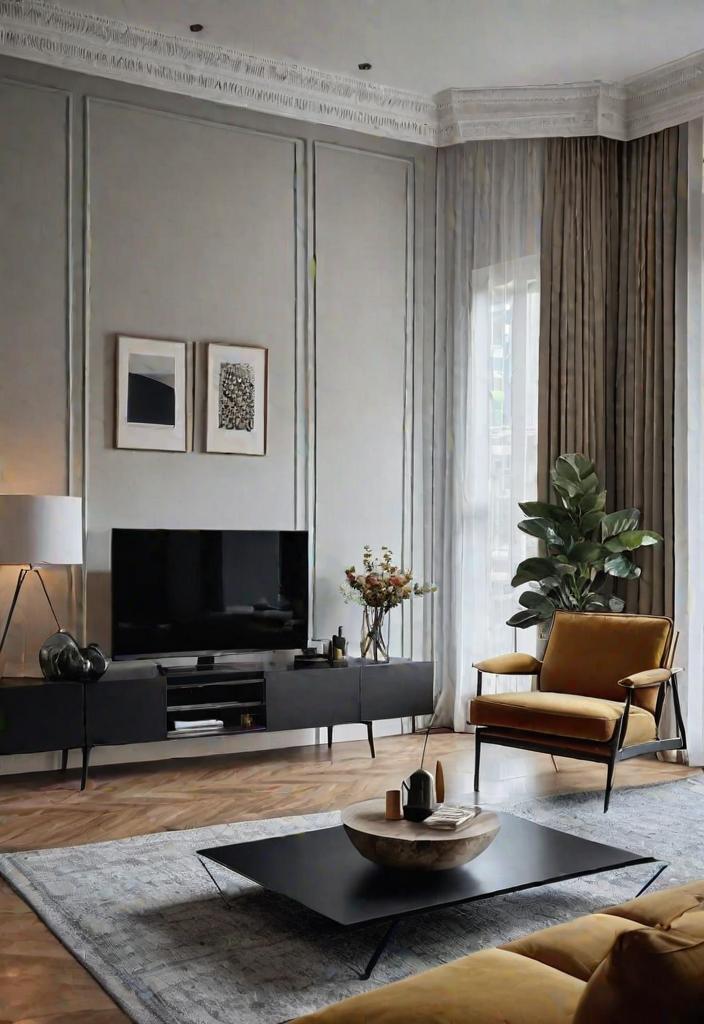
The attempt to fit everything in your living room can lead to a room that feels more like an exhibition space than a living area. This approach often sacrifices comfort and personal expression, for the sake of uniformity. It touches the space of his potential to tell the history of those who inhabit him and make it appear impersonal and stiff.
If you hug a mixture of complementary styles and colors instead, you can give the room depth and character. The variety in textures and patterns, when it is well balanced, brings warmth and a feeling of greeting. This approach enables a more flexible decor that can develop with your taste and stories that your living space should tell.
7. Avoid neutral color -independent
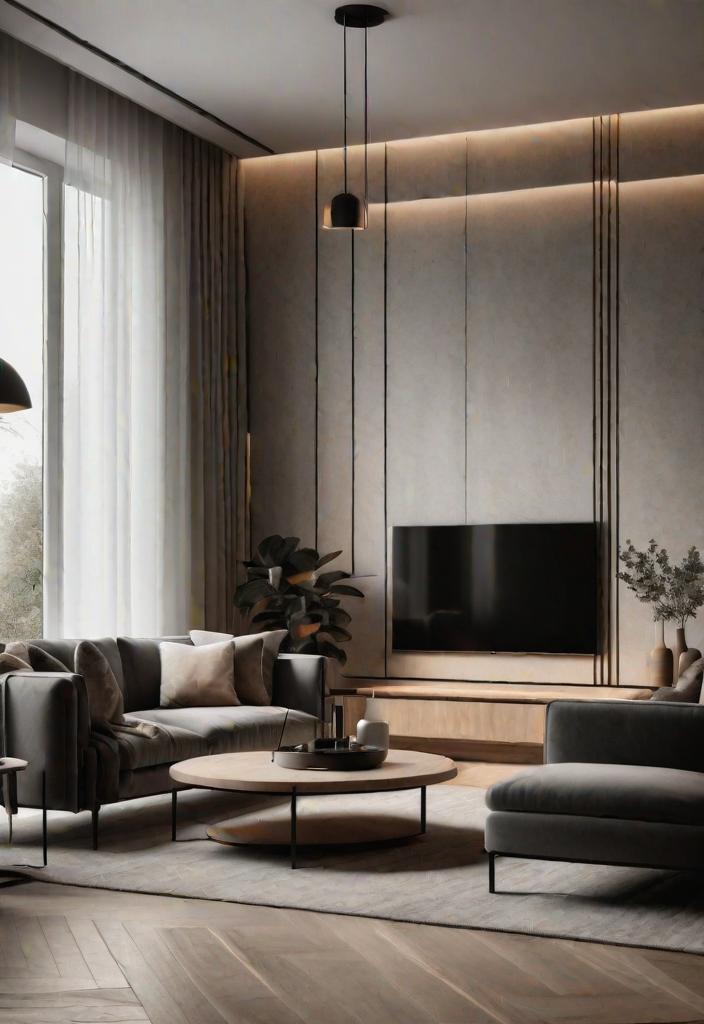
Neutral colors have their place in design and offer a quiet and calming backdrop for living rooms. However, if you lean too much at this palette, a living room that feels mild and uninspiring can. The lack of living colors cannot feel the room in personality and warmth and transform a cozy collection of collection into a somewhat sterile area.
Injecting color pops through accessories, works of art or a piece of furniture can enliven a neutral living room. This approach enables homeowners to keep a feeling of calm and cohesion and at the same time introduce elements that reflect their personal style and give visual interest. Thinking color additives can turn an ordinary space into an inviting and dynamic area that is perfect for relaxation and entertainment.
8. Too high works of art errors
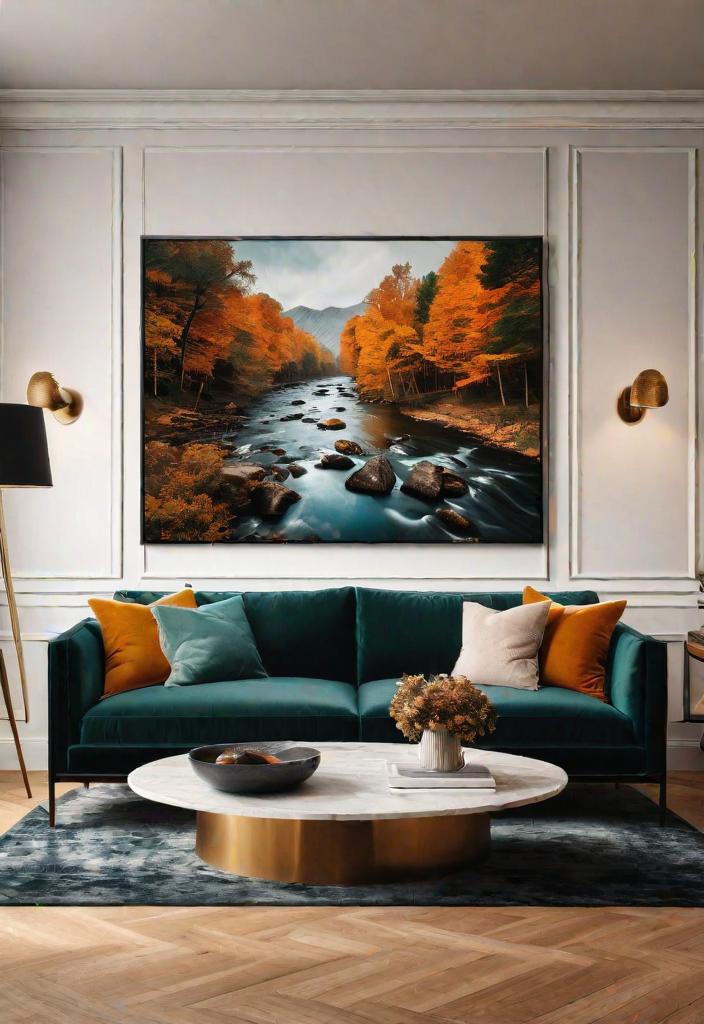
The hanging work of art is too high is a frequent misstep in the living room decor, which can disturb the harmony of its space. Ideally, works of art should hang at eye level and create a natural line of sight that invites the commitment. If art hangs too high, it detaches itself from the coherent flow of space design, which makes the room feel incoherent and less inviting.
To keep a feeling of balance and warmth in your living room, you should consider the rule of thumb: the center of your work of art should be about 57 inches above the ground, which reflects the average human eye level. This simple adaptation closes the gap between your living space and its decorations and promotes a more intimate and more connected atmosphere. It is a small change with a significant effect and improves the general aesthetics and the comfort of your living room.
9.
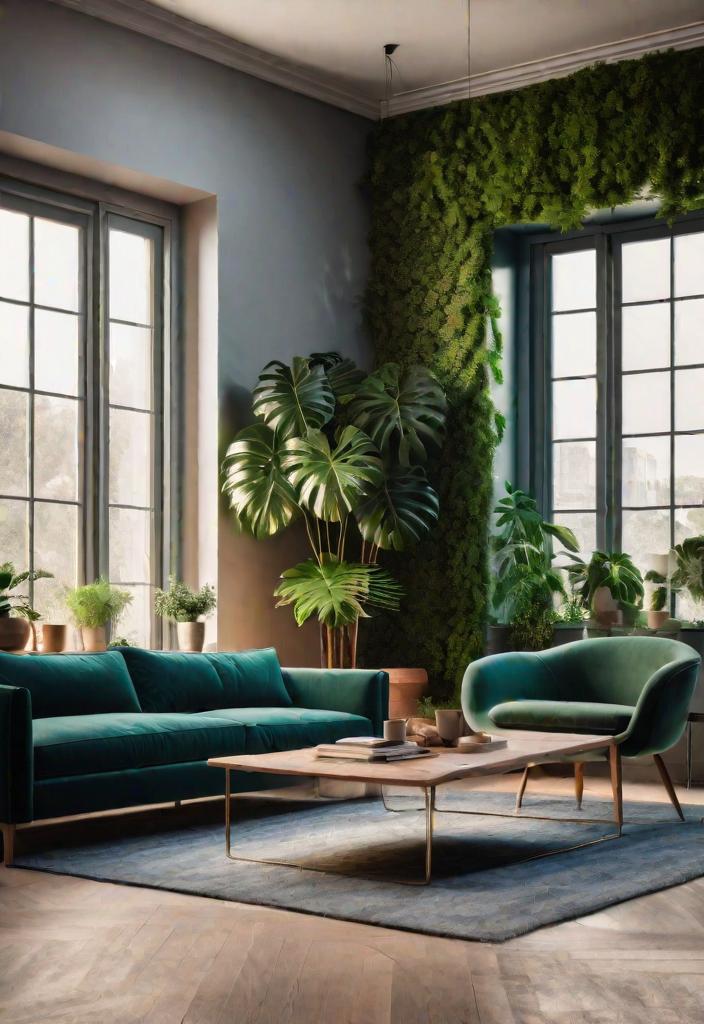
Forgetting green in your living room -Revamp is comparable to the last piece of a beautiful puzzle. Plants are not only decorative; They are the breath of any space and transform spaces with vitality and a feeling of calm. If you miss this, your room can feel incomplete or strong without the natural comfort, the green companion.
The integration of plants into your living space goes beyond mere aesthetics. It is about creating an environment that feels alive. From the simple elegance of a single monster to the lively selection of a small inner garden, the green invites the effortless beauty of nature into your home. It is a missed opportunity to improve air quality, mood and general well -being and to transform a mere living area into a sanctuary.
10. Avoid impersonal living room design
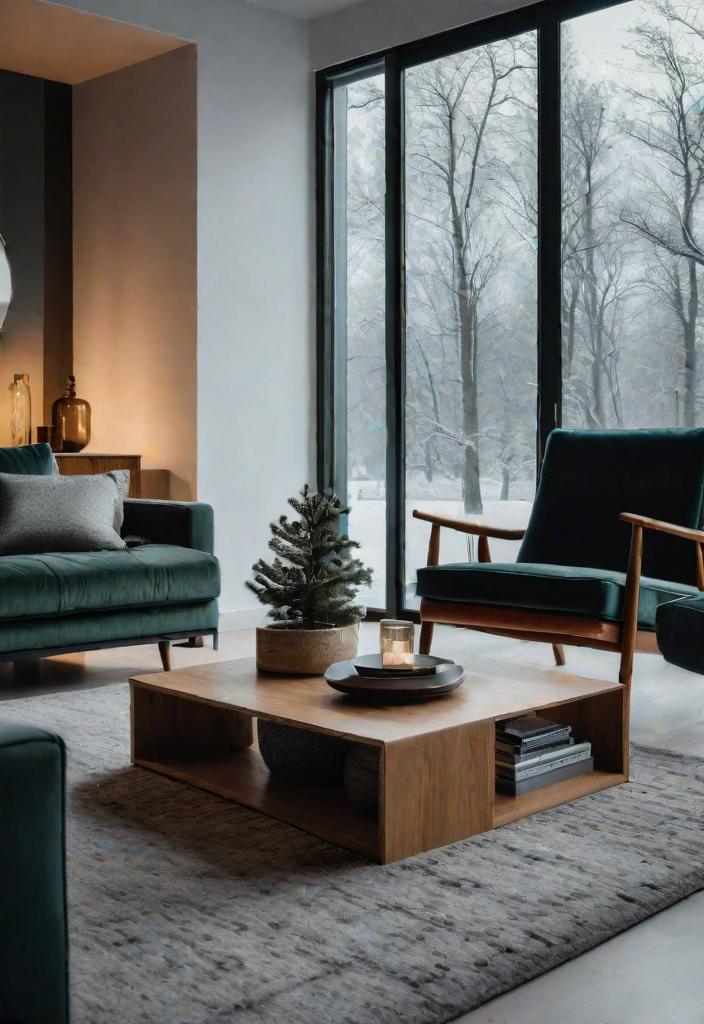
A living room that is robbed with personal details can be more like an exhibition space than a cozy nest. In this sterile approach, guests often feel cold and undesirable. Houses should repeat the personalities of those who live in, repeat and make every room unique and full of life. Without personal memorabilia, art or photos, living rooms to become impersonal spaces that do not invite or invite comfort.
The inclusion of personal objects is not just about displaying memories, but also about bringing a feeling of property and identity into the room. A living room without such elements misses the opportunity to tell the stories of its owners. This supervision can result in the space feels incomplete and the heat is missing, which is of crucial importance for the creation of invitation rooms. Personal details only transform spaces into the reflections of the people who live in them and bridge the gap between house and home.
11. Traffic flow errors

If you redesign your living room, it is a mistake to overlook the aspect of the traffic flow. Rooms that do not allow easy movement can be quickly overloaded and even transform the most beautiful rooms into logistical nightmares. It is crucial to ensure clear paths for the movement and to avoid furniture agreements that cause bottlenecks.
The inclusion of traffic in your design plan does not mean sacrificing the style for functionality. The strategic placement of the furniture and the use of carpets can subtly guide and ensure that your living room remains as inviting as it is accessible. Remember, a room that brings beauty and practicality in harmony is a harmonious living environment.
12. Texture variety in living rooms
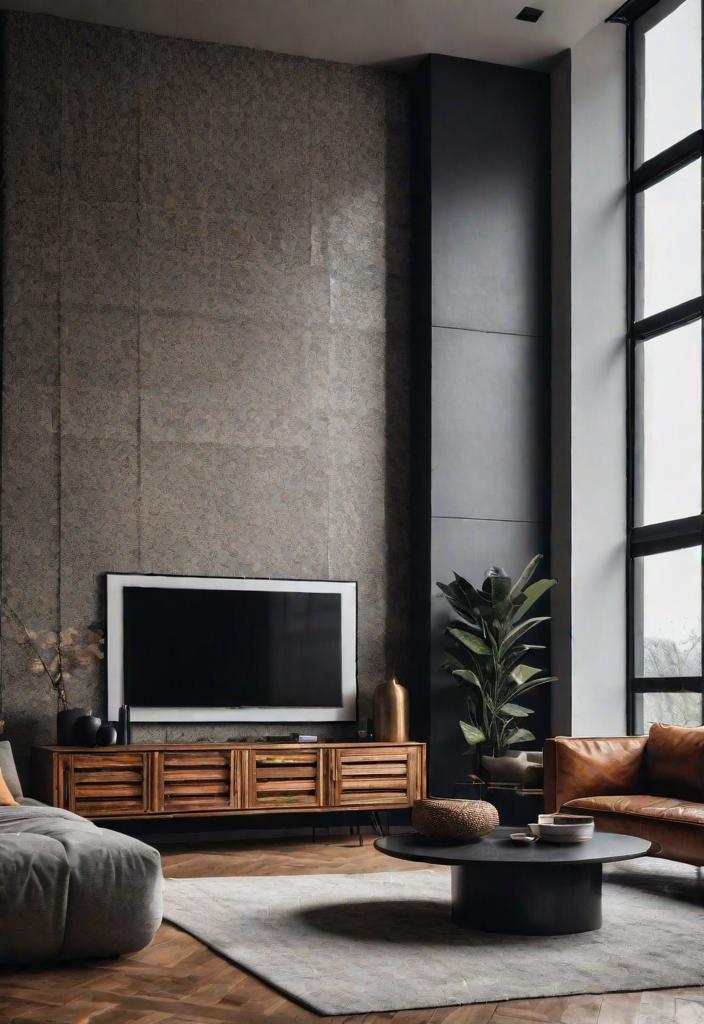
The inclusion of a variety of textures in your living room is not just a mood. It is important to create a room that feels warm and inviting. The skipping of the variety of texture can lead to a room that feels flat and monotonous and lacks deep and interest. This general supervision can even feel the best -equipped living room a little lifeless, as if there is no important ingredient.
The magic when mixing textures comes from the way different materials interact with light and other. A velvet sofa against a rough, woven carpet or smooth, slim metal places that stand side by side with rustic wood elements can significantly increase the aesthetics of the room. If you neglect this aspect of design, you may save time at short notice, but can ultimately lead to a less satisfactory living space that does not feel completely at home.
13. Small carpet errors
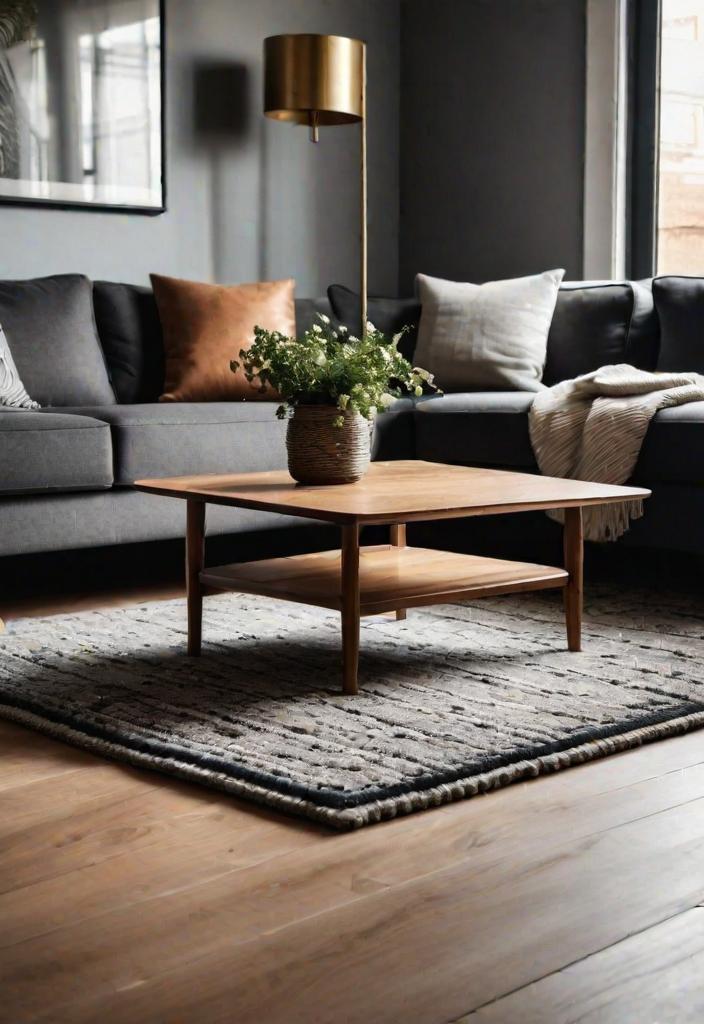
The selection of a carpet that is too small for your living space can interfere with the harmony of your room and feel incoherent and tight. Remember the following: A carpet should be a foundation that connects all elements instead of floating like an island under a coffee table. Make sure that it is generously sitting areas and offers comfort and coherence to the overall layout.
In addition, a petite carpet can make the entire living room appear smaller, an effect that most homeowners want to avoid. Decide for a carpet that goes beyond the furniture and invite everyone to an integrated, inviting environment. This simple change can dramatically change the perception and usefulness of your living area and prove that sometimes more is more.
14. Trendy living room pitfalls
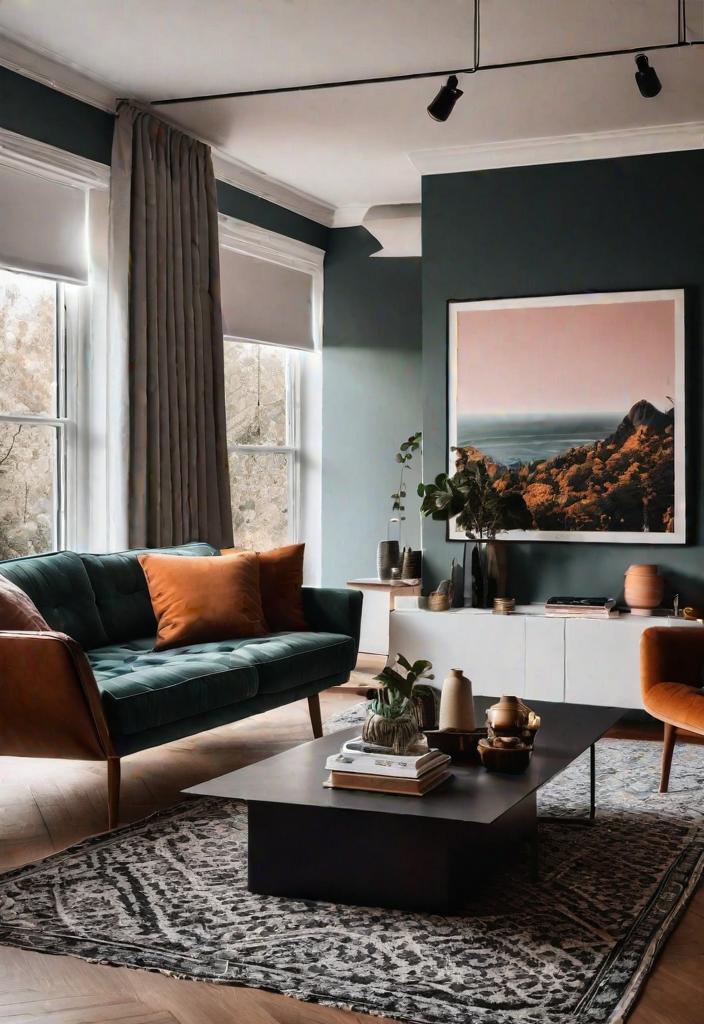
Diving in the latest trends in the living room can sometimes lead to a style that feels impersonal and fleeting. Although it is tempting to replicate this perfect look from a residential medazine, the result is often lacking authenticity. Houses that rely exclusively on trends tend to miss the unique history of the people who live there.
In addition, the hurricane of the constantly changing trends can lead to frequent and costly redesign. What is in fashion today could feel outdated until next year and bring them into a cycle of continuous updates. A more sustainable approach is to create a timeless basis with your decor and to sprinkle trendy accents that can be easily replaced. This strategy ensures that your living room remains both stylish and financially practical.
15. Sensitive material in high -fold in areas
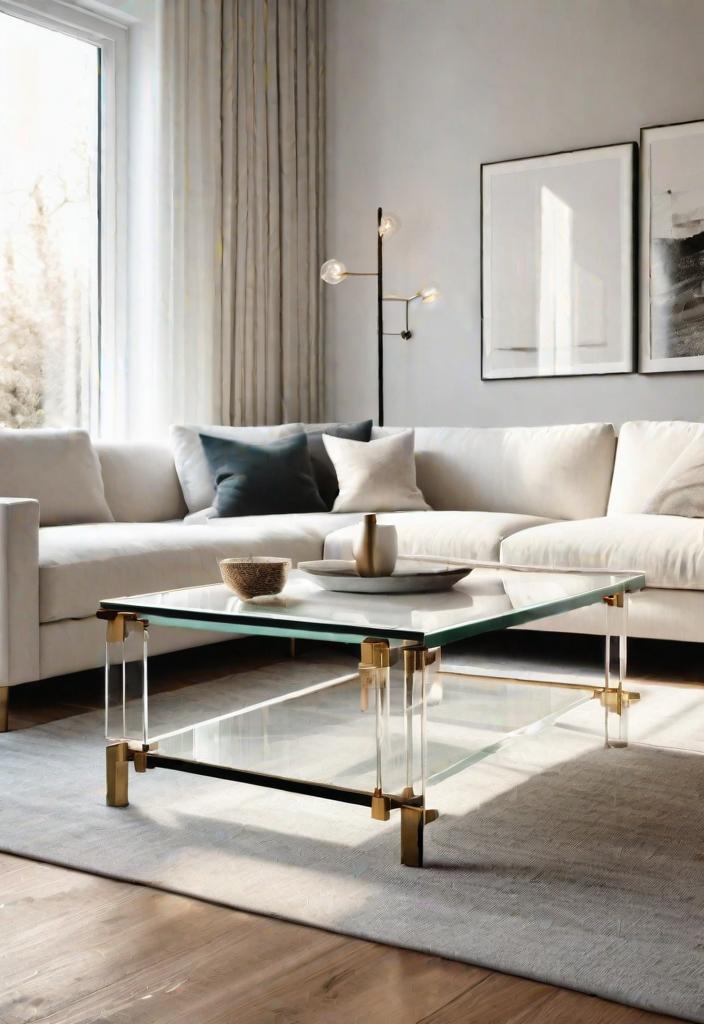
The selection of sensitive materials for areas with a high living room can be a costly mistake. While the attraction of luxurious silk cushions or an elegant glass couch table could be tempting, they are not suitable to withstand the wear of daily life. Accidents occur and these materials are susceptible to damage, which can lead to frequent exchange or repairs.
In addition, sensitive materials often require special cleaning methods and give your routine an additional level of complexity. Think twice before taking fragile decorative elements that require constant attention. If you choose permanent alternatives, you can save time and money and make sure that your living area remains both beautiful and functional without additional stress.
16. Selection of the impractical window treatment
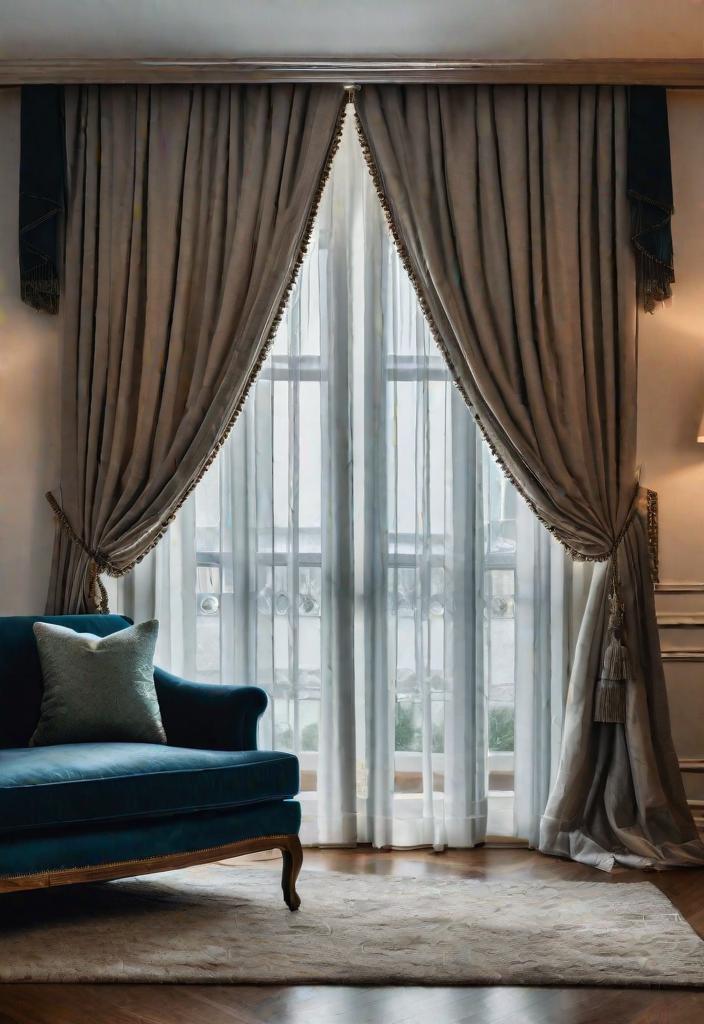
The selection of window treatments without functionality can be a major misstep. For example, heavy curtains in a small, poorly illuminated room can lead to the area of claustrophobic and dark. It is important to reconcile aesthetics with practical aspects such as light control and privacy in order to ensure a comfortable living environment.
The decision to make materials to be made can also prove to be a big mistake. Imagine the effort of cleaning complicated fabric patterns or sensitive materials that require special care. Such decisions quickly become impractical, especially in houses with pets or children, in which simply affected and long -lasting window treatments save time and effort.
17. Avoid ignoring color theory
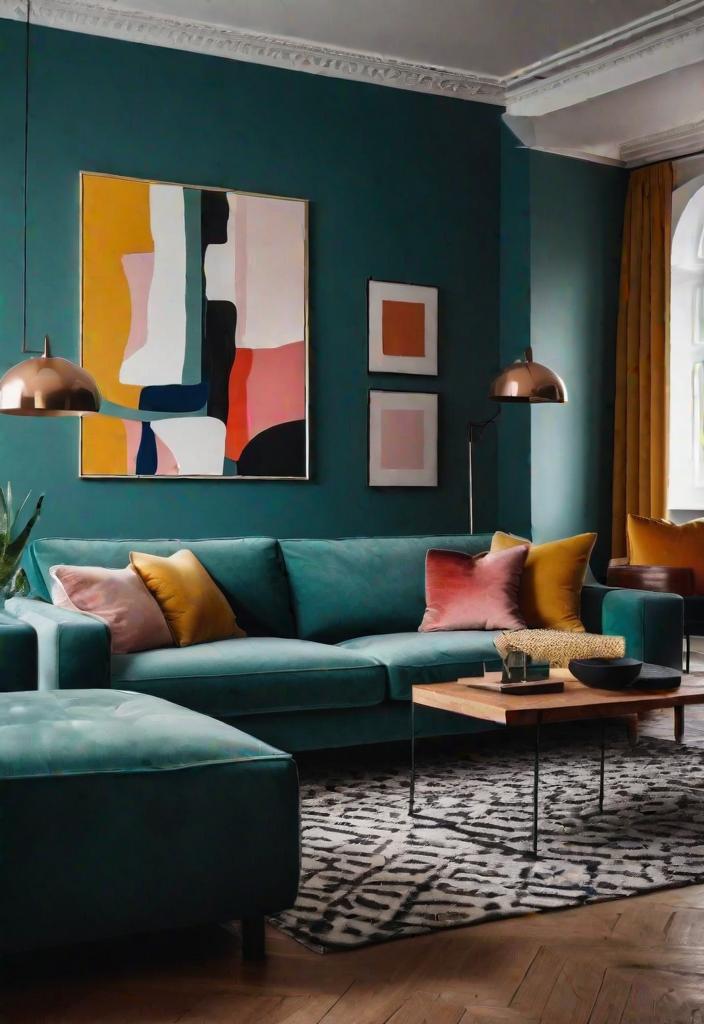
Ignoring the color theory when decorating your living room is a usual misstep that can lead to a visually shocking room. Colors cause emotions and set the ambience with cool colors that offer calm and warm tones that increase the energy. With a view to this, a space can lead to the balance or undesirable.
Combining colors without understanding their relationships and effects can create a chaotic environment. For example, the use of too many strong colors can overwhelm the senses without neutral breaks, while too many soft tones may feel washed out the room. Ensuring a harmonious color palette is the key to a cozy and inviting living room.
18. Avoid acoustic mistakes
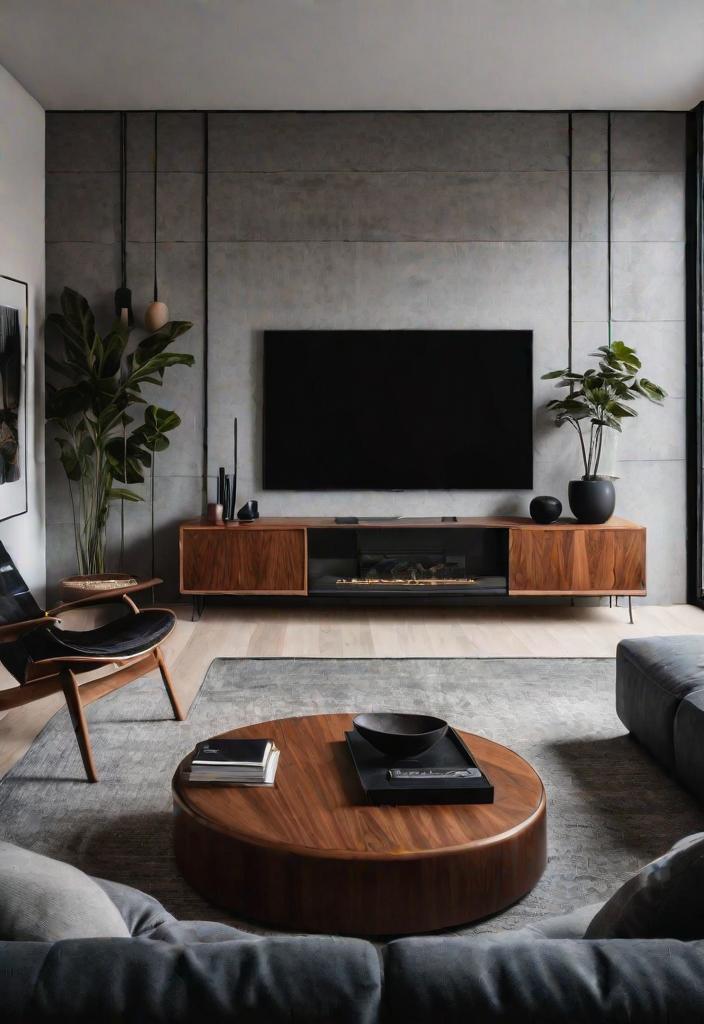
When designing your living room, it is easy to ignore acoustics. However, even the most beautiful decorated room can feel cold and unhappy. Inclusion of carpets, curtains and padded furniture can significantly improve the sound quality and transform the area into a cozy port for discussions and film evenings.
Also consider the layout of your living room. Furniture and decor not only serve aesthetic purposes, but can also act as sound barriers. Strategic insertion of bookshelves against walls or the arrangement of seats for creating intimate, sound -friendly zones ensures that your living room is as acoustically appealing as visual. This thoughtful planning can make the difference in achieving a harmonious balance between style and comfort.
19. Bad choice of furniture to avoid
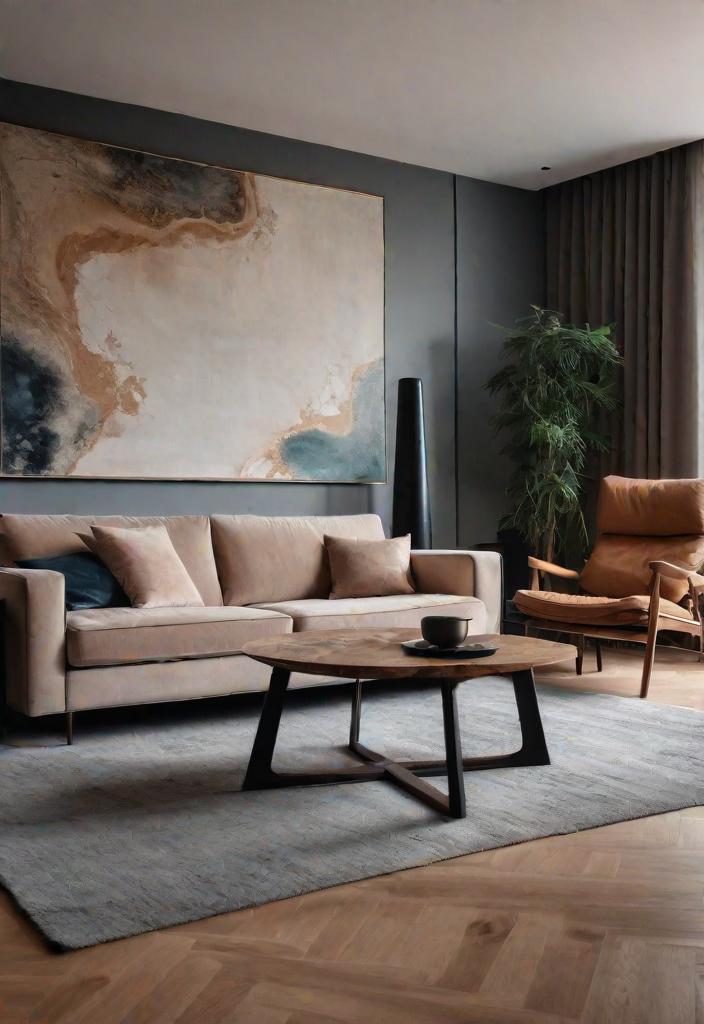
The decision for furniture with low quality can initially appear like a money storage, but it is a choice that is affected with future regret. Such parts often take off quickly and lead to a cycle of replacement and repairs. The attraction of saving now can later lead to you spending more later, not to mention complaints and lack of support that can offer these pieces, which affects both your attitude and the aesthetics of your interior.
In addition, inferior furniture often lacks timeless attraction and craftsmanship, which can be found in alternatives with higher quality. This means that your living space could be out of date quickly or cannot be unanimous if these pieces show your age or do not insert yourself with more demanding elements that you can add over time. Investing in quality from the start ensures that your living room develops with elegance and stays comfortable and inviting for years.
20. Balancing high and low pieces
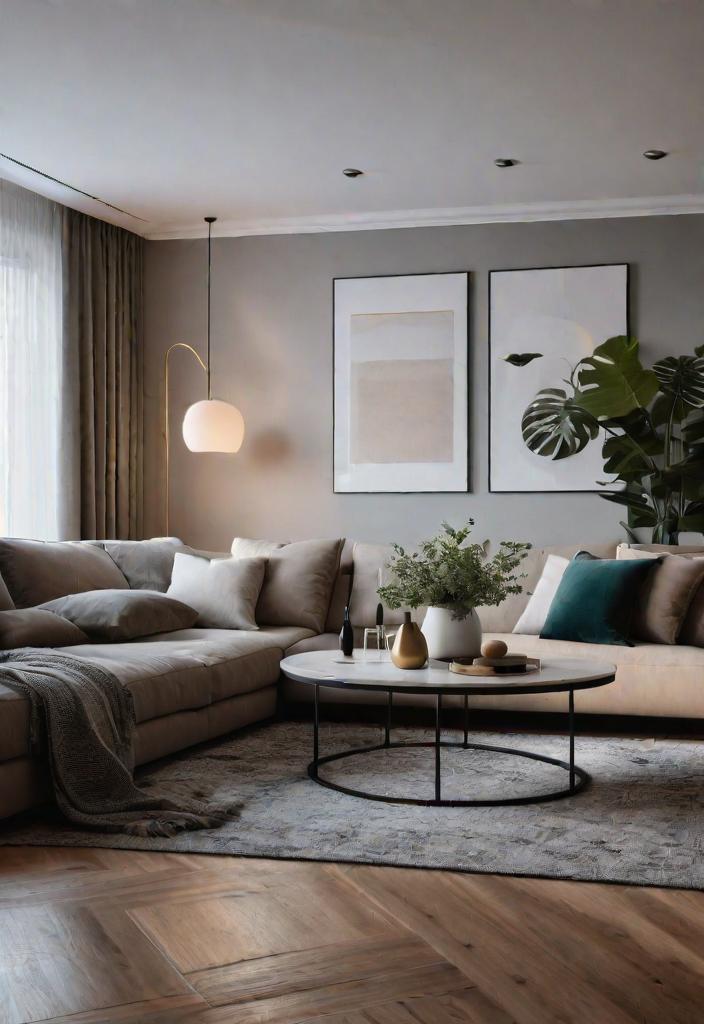
The balance of high and low elements in a living room design is crucial, but many often overlook this. A frequent danger is to either connect furniture too close to the ground, to feel overcrowded or to bring too many large objects together, which can create an incompatible atmosphere.
A well thought -out living room includes a mixture of both that ensures visual harmony and fluidity. For example, if you combine an elegant, low sofa with a high floor lamp or a bookshelf, pull the eye through the room and promote a feeling of balance and openness. If you avoid this common design error, you can transform your living room into a coherent and inviting room.
21. Neglected opaque design ideas
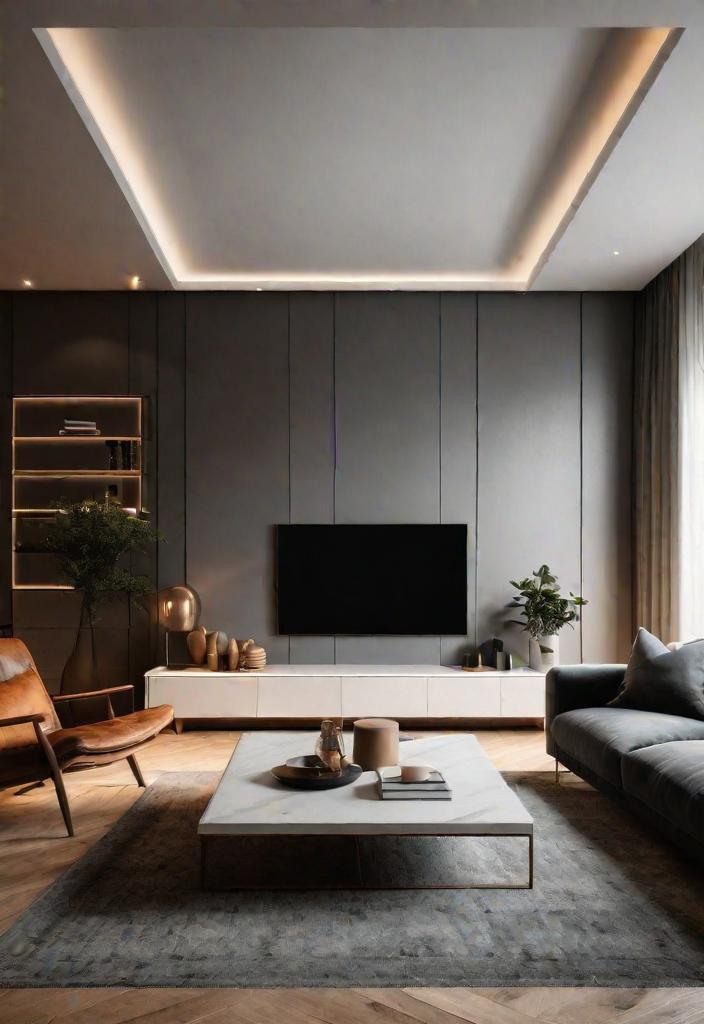
The neglect of the opaque design in your living room is like forgetting to season a dish. It undermines the overall taste. Ceilings offer a huge canvas for the expression of the design, but often overlooked. Empty, tasty blankets can even feel the thoughtful space for incomplete feeling and cause a strong separation between the living space and its final stone.
Integration of ceiling design brings a holistic harmony into your living space, be it through subtle textures, colors or statement lighting. A well -designed ceiling can change the ambience of a room, lead the eye up and feel the rooms of larger and more coherent. Do not allow the potential of your living room to be used by ignoring the fifth wall.
22. Poor animal -friendly living room ideas
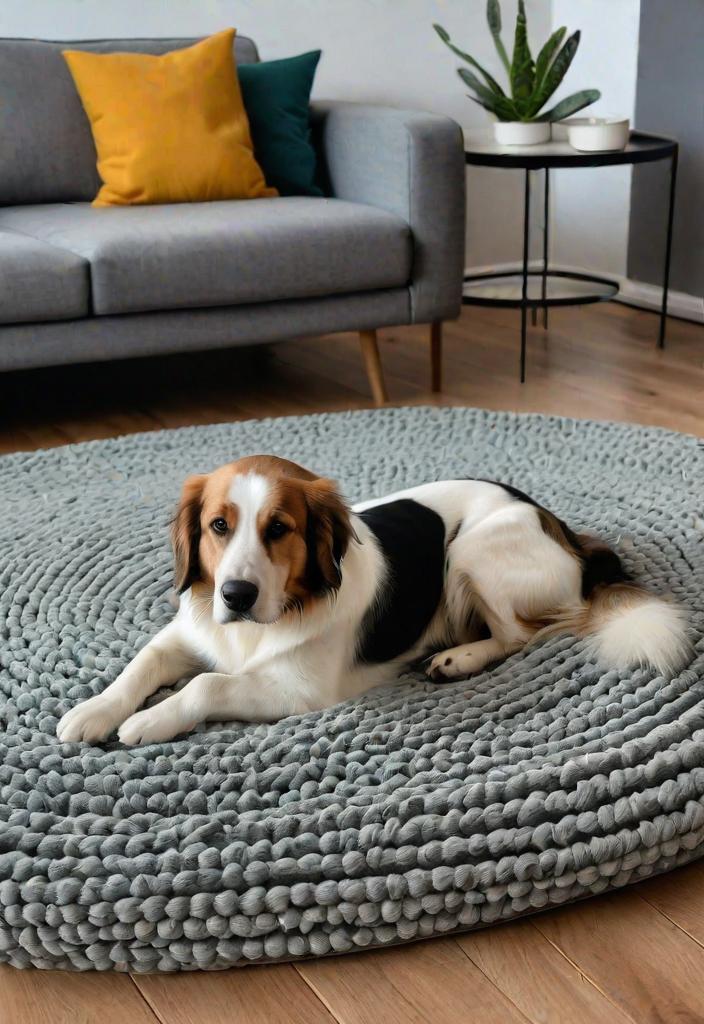
A frequent supervision in living room designs is to take our furry friends into account. Pets also need their own space, and without it could be their chic sofa Fido’s favorite -chew toy. The creation of a designated area for pets for playing, sleeping and eating can save your furniture with unexpected wear.
The neglect of pet needs in your living room not only exists for the longevity of your decor, but also affects the comfort and safety of your pets. Sharp furniture and sensitive decorative objects can be dangerous. Investing in animal -friendly materials and designs ensures a harmonious space in which both you and your pets can relax and feel at home.
23. Hard lighting in living rooms
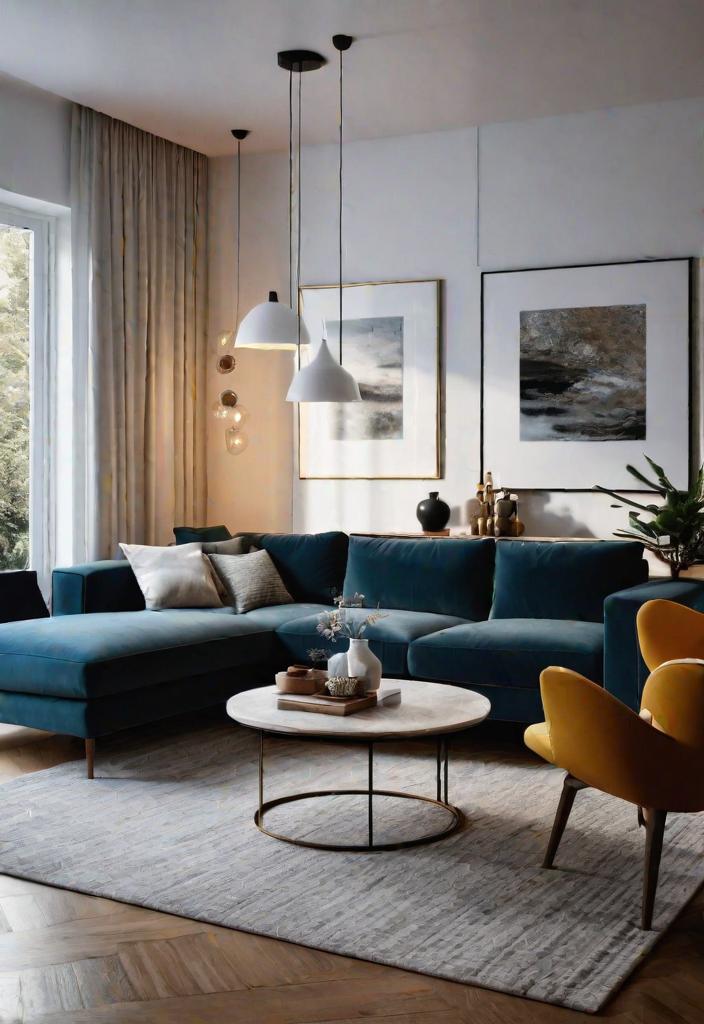
If you rely exclusively on hard artificial lighting, you can turn any cozy living room into a sterile, undesirable space. The charm of a living room is often in its warmth and invitation, qualities that are difficult to reach with a cold, inappropriate light. It overrides the space of its potential for depth and texture and makes everything look flat and unbound.
Integration of lighting layers, combination of ambient, tasks and tasks more accumulated can give your living space dimension and character. It’s not just about illuminating the room. It is about improving the living experience, setting moods and emphasizing architectural features and an estimated decor. Avoid your living room like a interrogation. Include the soft, inviting lights of various lighting sources.
24. Furniture wall placement error
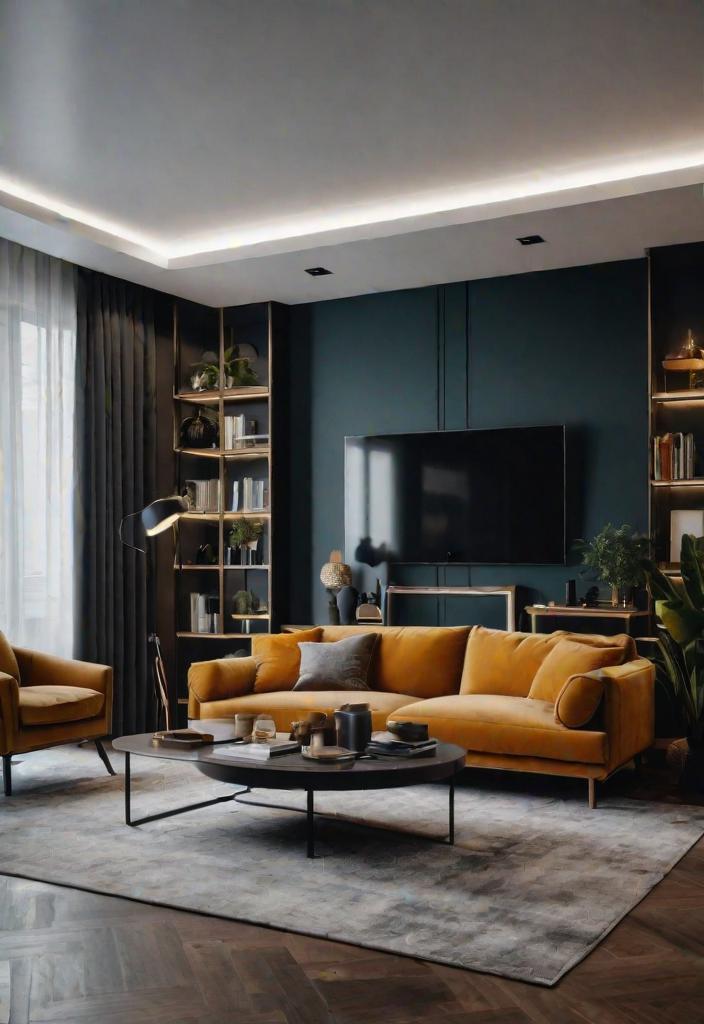
When you push all the furniture against the walls, it seems a good way to maximize the room, but this arrangement often leads to a lackluster living area. As a result, the room can feel more like a non -inspired waiting room than a cozy, inviting space for relaxation and social assemblies.
Instead, consider to create intimate setups from the walls through floating furniture, even if it is only slightly. This approach promotes the conversation, adds dimension and makes the room more natural. Experiment with angles and central parts, such as a coffee table or Ottoman, to anchor the layout of the room and to introduce a feeling of harmony.
25. No focus on living room
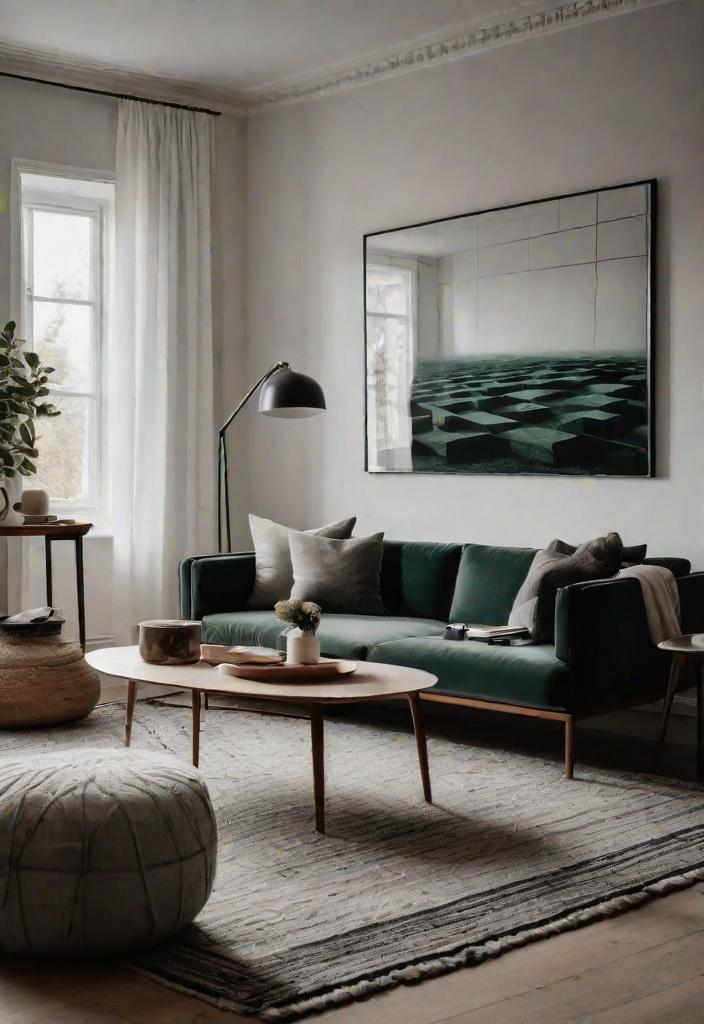
A clear focus in a living room can lead to a room that feels incoherent and undesirable. Often rooms without a single focus can confuse the guests and make it difficult for them to settle down because there is no natural area to attract or collect their attention.
Creating a focus does not mean that you have to redesign your room completely. It can be so easy to arrange furniture to arrange a fireplace, design a feature wall or even to orientate seating with a view of a large window. This central element helps to anchor the room and look well thought out and inviting.
Diploma
In the area of redesigning the living room, it is just as important to know which pitfalls should go to yourself, as to understand the following understanding of the trends. The clichés and over -claimed ideas that we have discussed not only risk that their space feels dated, but they can also suppress its originality and warmth. Keep your living room fresh, comfortable and unique by avoiding these common traps.
Remember, your living room reflects your personal style and the heart of your house. The steering of these decorations of faux pas ensures that it remains a room where memories are created, stories are shared and the comfort is king. Let your creativity lead the way to a living room that is not only stylish, but also really talks about who you are.
Related topics:
- 40 breathtaking accent walls in the living room ideas
- 27 beautiful middle of the century modern living room
- 25 Charming Farmhouse Living Room Ideas
- 27 fascinating living room decoration ideas
- 21 Inspirational Boho Living Room Ideas
- 29 innovative small living room decor ideas
- 20 small living room ideas for a cozy and spacious feeling
